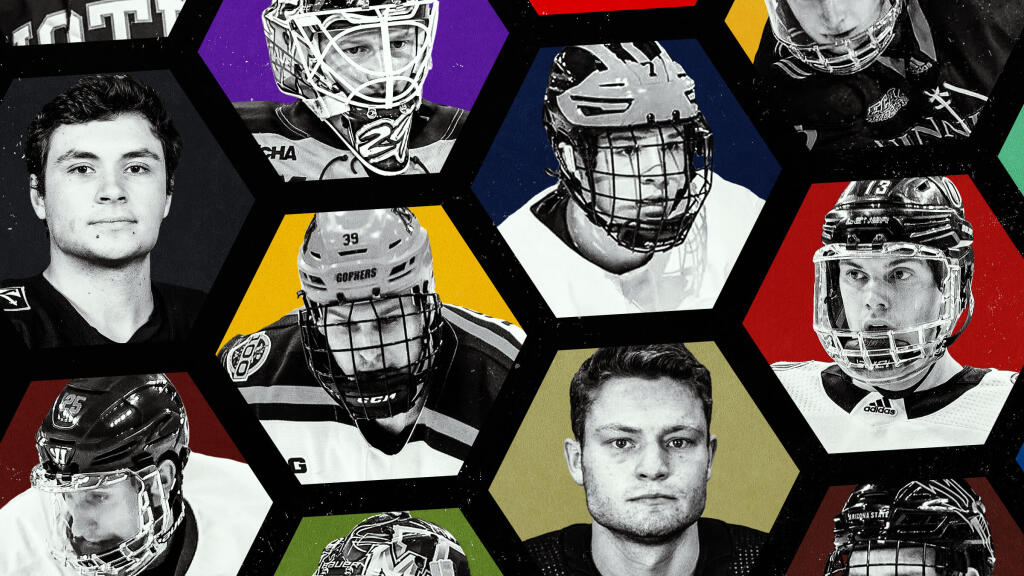The EP Rinkside 2022 NCAA free agency guide


The landscape for this roster mechanism had remained relatively static up to last season, too. On average, around 24 players put pen to paper on an entry-level contract based on the data set we gleaned from the 10 seasons that preceded the pandemic. Then the number dropped to 10 last season, the low point of the salary cap era.
What happens next is anyone's guess. Some agents anticipate a return to the activity levels of seasons past now that the taps have been turned back on, and others have some concern that this may be the new norm. Specifically, some agents are wondering if the use of unusually long AHL deals (like the three-year AHL contract that the Pittsburgh Penguins signed Tommy Nappier to last season) to lure mid-to-low-end NCAA free agents may be here to stay; the added security is nice, but you can't beat an NHL deal.
One scout we spoke to had a different theory: "NCAA free agency isn't what it used to be. We just don't let these players slip through the cracks as often as we used to. You're just not getting a lot of impact players out of it, you know?". For this scout, the last cycle was signal, not noise.
Here's the thing: That scout isn't necessarily wrong. The data is stark. Though 57 percent of NCAA free agents will suit up for at least one NHL contest, only 16.7 percent make it to the 100-game mark. Those figures crater if one looks at players over the age of 24.
Even so, it's well worth the price of admission, and the NHL's continued interest in that pool of players -- whether we're talking pre-pandemic levels or otherwise -- is testament to its value. Even in the worst-case scenario, these players are pro-ready prospects who join an NHL system for naught but the cost of their contract.
And when you hit, the payoff is pretty sweet. Who wouldn't want one of Chris Tanev, Nate Schmidt, Neal Pionk, Zach Aston-Reese, Alex Iafallo, Brandon Tanev, Nico Sturm, Cam Talbot, and Evan Rodrigues to join their organization on a cost-controlled contract through their prime years?
There may only be two or three or four players whose NHL careers will bear the same fortune in this year's cycle, but we've gone to the liberty of profiling everyone who's out there as a potential signee anyway. With full scouting reports, tools grades, and proprietary analytics, this is as thorough a resource as you'll find for NCAA free agency.
We've graded every player's tools on the same 1-to-9 linear scale that we use for our draft guide and prospect pool work. On top of that, you can see their pGPS (prospect Graduation Probabilities System) outputs; Jeremy Davis created that metric to show a player's historical comparable players and determine a likelihood of success based on their cohort. Lassi Alanen, meanwhile, has gone to the trouble of creating a Tableau profile of each player using data from InStat Hockey. Catherine Silverman chipped in with the goalie scouting reports.{

